Kenya Looks to Sustain Health Focus Beyond the Pandemic
As Covid-19 cases continue to rise in Kenya, a coordinated effort by the government and aid organizations addresses water, hygiene, and sanitation.
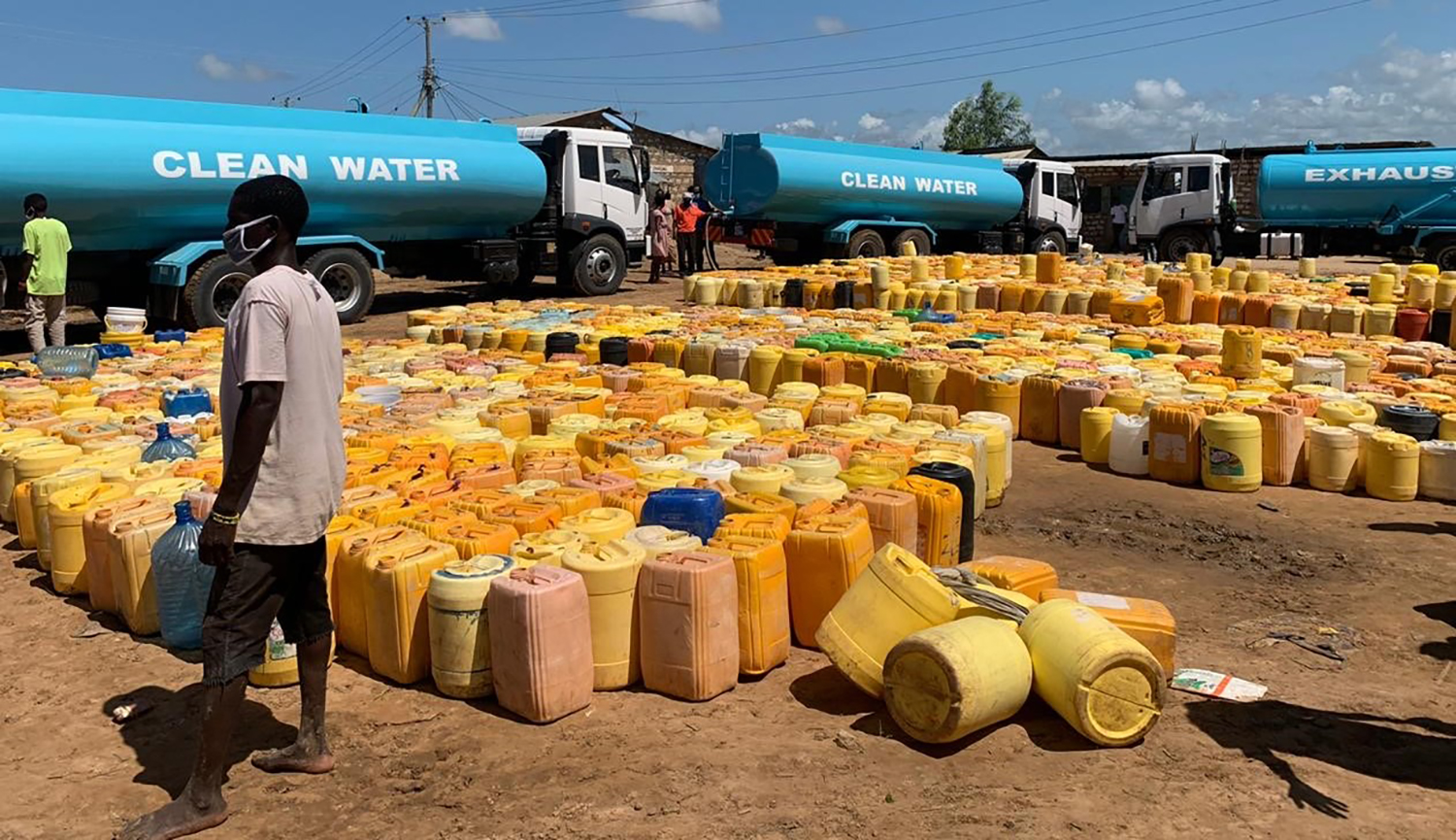
Water lines in Mombassa © Pascaline Wanjiku
By Elena Bruess, Circle of Blue
To Daniel Kurao, Kenya is a country on the move. A bustling land of commerce and tourism, of people streaming from countryside to city and back again.
But today, as the Amref Health Africa project manager noted, it’s all different.
Since first touching the East African country in early March, the novel coronavirus has spread steadily and personal mobility has been restricted. Confirmed cases now exceed more than 16,600, and 278 people have died. Fear of exposure has rippled through society, Kurao said.
“We’ve seen people getting worried about the cases increasing day by day,” Kurao told Circle of Blue. “[For example] we have cases of other people suffering from other diseases not going to health services as usual. You see the numbers of people going for medication or treatment for other ailments steadily going down.”
Kenya had locked down just after the first cases emerged in March but the country’s leaders loosened restrictions earlier this month in an attempt to restart a drowning economy. Domestic flights have resumed, as has travel into and out of the capital, Nairobi, which bears some of the highest Covid-19 rates in the country.
Despite these new liberties, President Uhuru Kenyatta announced that a nightly curfew would be extended another month and any sign of uncontrolled viral spread would put the country back into lockdown.
Kurao and his colleagues are working to keep that scenario at bay. Amref Health Africa is an African-led, African-staffed nonprofit focused on healthcare stability in vulnerable communities. For the past six years, Kurao focused on sanitation and hygiene promotion in Kenyan rural communities. Now during the pandemic, the 55-year-old works from home, constantly in contact with teams in the field. He receives weekly and biweekly reports from them, as well as daily briefs from the Kenyan Ministry of Health.
From these interactions, Kurao can better understand who is most susceptible to the virus. As in other countries, people with existing health problems, the elderly, and those living in poor conditions or crowded areas are at greatest risk. Due to government restrictions, daily wage earners in urban centers have lost income and livelihoods. They and some of the 70,500 vulnerable people living in informal settlements face two challenges: coming up with food for their families and finding work during the pandemic.
Then there are those Kenyans without clean water, sanitation, or hygiene, which is Kurao’s field, and one that the country has been tackling since the beginning of the pandemic.
“If [WASH] is not addressed, then it presents a risk factor for these kinds of community members,” Kurao said, referring to the acronym for water, sanitation, and hygiene.
The numbers indicate a widespread problem. Over 19 million people — two in five people in Kenya — do not have access to clean water. Most live in urban slums and remote villages. A third of water pumps are broken at any given time and only 29 percent of people have access to sanitary services.
Waterborne diseases are more than prevalent in Kenya. Just under 10 million people drink from contaminated surface water, which is a leading cause of death in children under five years old, according to UNICEF. Even before the pandemic there were sporadic outbreaks of cholera around the country.
For Kurao, these issues are woven into the fabric of the current health emergency.
The effort to reach those with inadequate WASH services is coordinated, often in weekly Zoom meetings, between Amref, the Kenyan government, and close to 40 aid partners. Among other topics, the groups need to make sure that their work is distributed in all regions, so that those who need help are not missed.
“We work in specific villages,” Kurao said. “And you can imagine they come with a diversity. Village A will not be the same as village B. The bottom line is how you make community entry and how you discuss Covid-19.”
Since the start of the pandemic, the level of WASH awareness has been high in Kenya. Any pushback the organization receives from communities typically centers on how handwashing facilities or water pumps can be sustained.
It’s not just about the community. If Covid-19 can be contained, through handwashing, sanitation, and distancing, there will be less of an impact on the healthcare sector. Nearly 3.5 percent of the total Covid-19 positive cases are healthcare workers, and the number keeps climbing. If too many are stricken, there will not be a workforce to address health needs in vulnerable communities, Kurao emphasized.
“There is a lot of effort being put into promoting hygiene in communities, increasing access to water, increasing access to sanitation,” he said. “Because in doing this we will not be addressing Covid-19 alone, we will be addressing a number of other conditions.”
People are washing their hands in Kenya. They are sanitizing and carrying their sanitizers when they travel. So Kurao is optimistic. The country might not be exactly how it was before, but it’s a new normal for now. One where people are coming together to consider what the future could be.
“It’s very positive indeed, and we pray and hope this practice can be sustained and maintained even post-Covid,” Kurao said.
Elena Bruess writes on the intersection of environment, health, and human rights for Circle of Blue and covers international conflict and water for Circle of Blue’s HotSpots H2O.

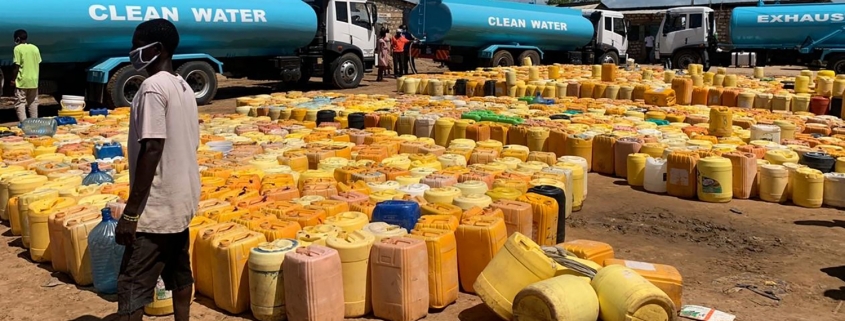
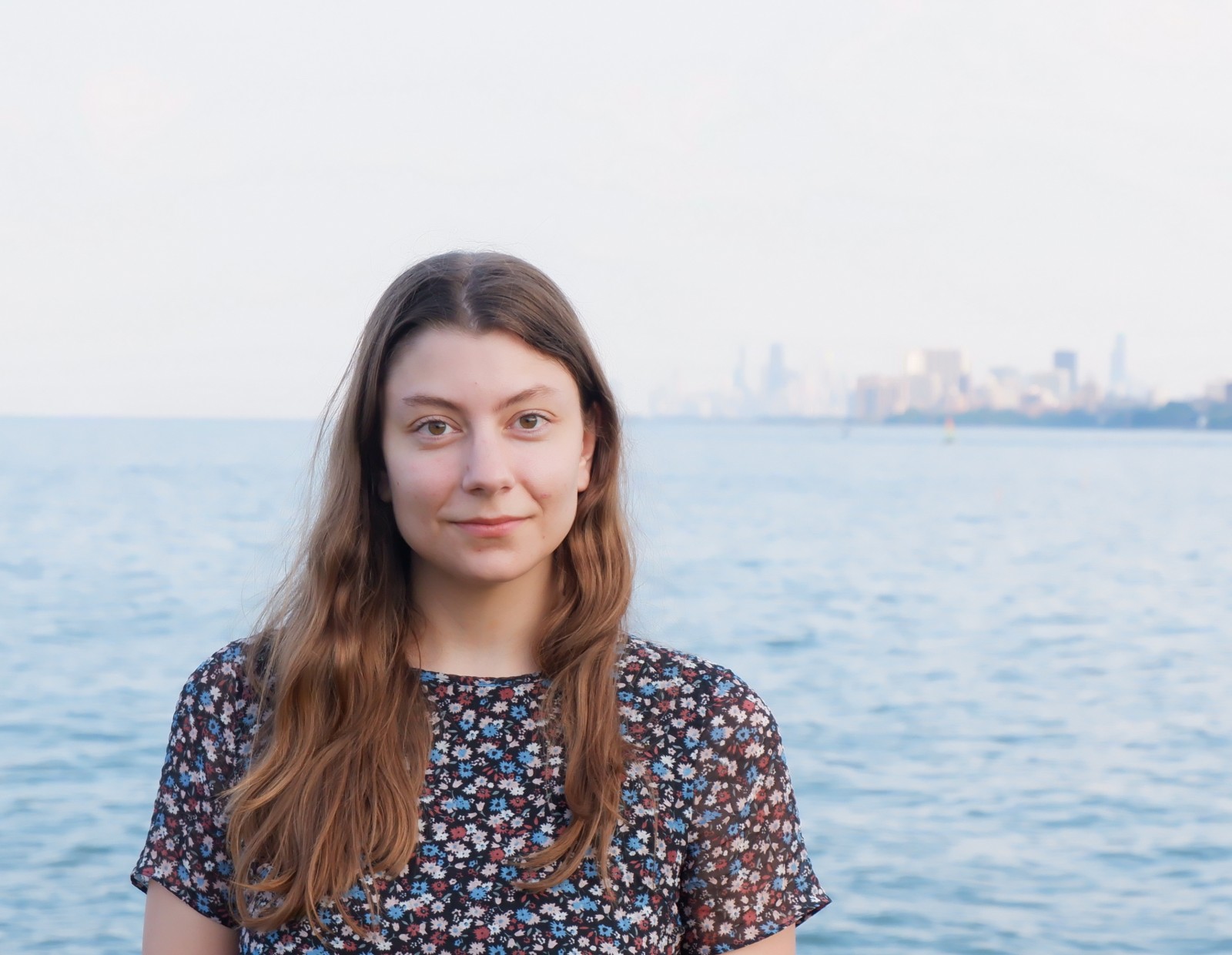
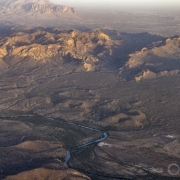 © J. Carl Ganter / Circle of Blue
© J. Carl Ganter / Circle of Blue 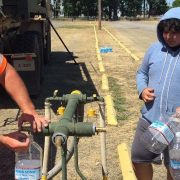
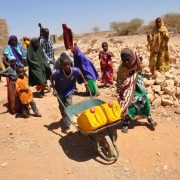
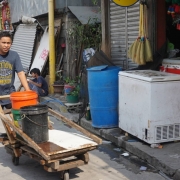
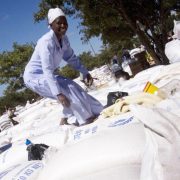
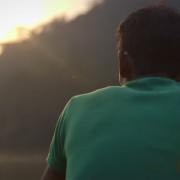



Leave a Reply
Want to join the discussion?Feel free to contribute!